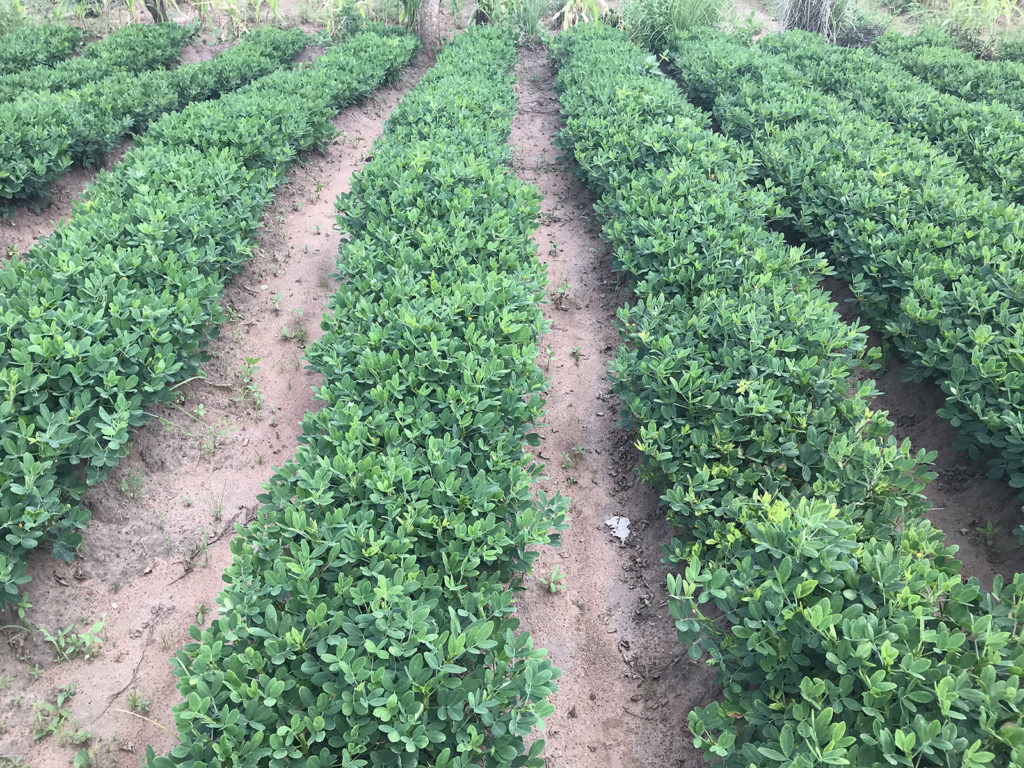
Good production practices can help to reduce infection of A. flavus and contamination with aflatoxin.
Farmers do this by:
- Using improved varieties. There are no varieties resistant to A. flavus infection, but some improved varieties have better drought tolerance and general disease resistance. Earlier maturing varieties can produce before the onset of late season drought, avoiding that stress.
- Increasing soil fertility. Good calcium levels promotes good seed development
- Managing pests. Apply proper weed, insect and disease management ensures a healthy crop
- Minimizing effects of drought. Plant so that the crop will mature during the rainy season.
- Applying biological controls. Products like Aflasafe contain atoxigenic strains of A. flavus which compete with the toxigenic strains, reducing the possibility of infection and production of aflatoxin.

